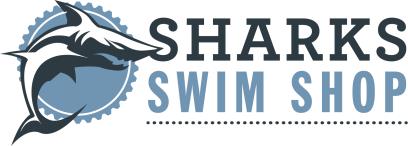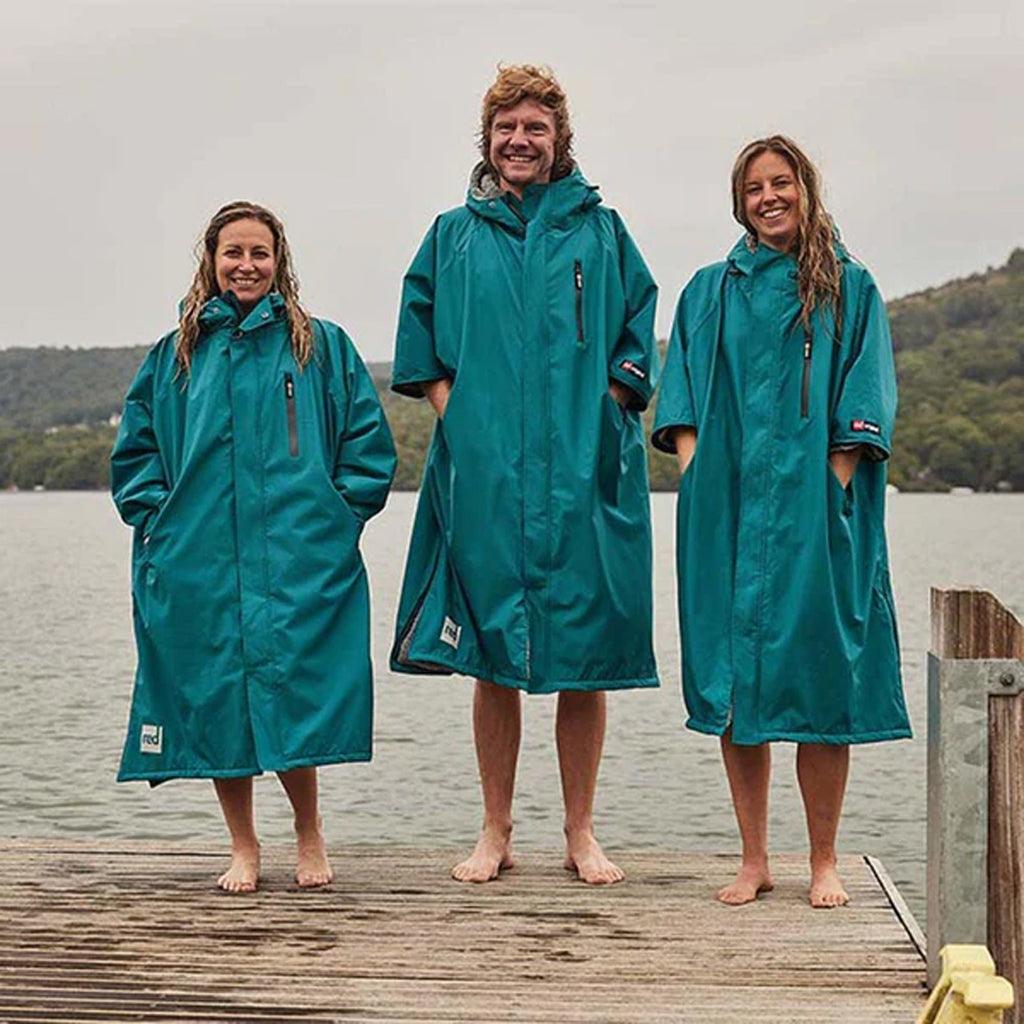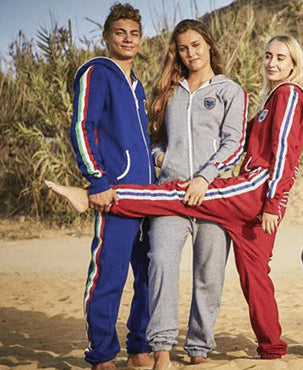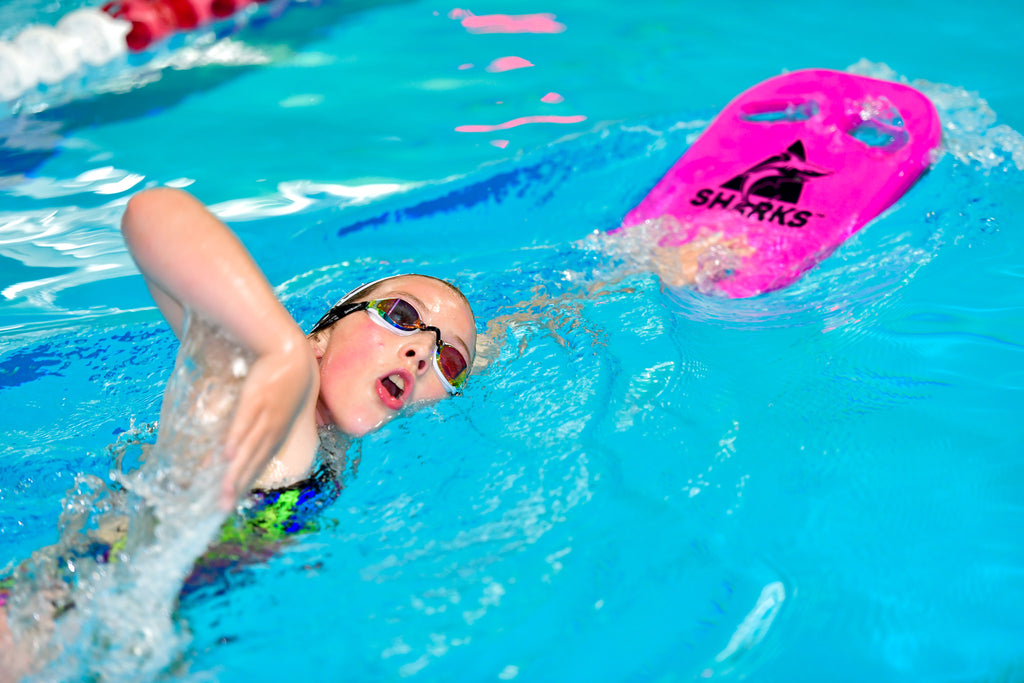Keeping Fuelled During a Triathlon
 With the Swansea Triathlon proving to be another successful event, the team at Sharks Swim & Triathlon have come up with some important guidelines on how to keep your body fuelled for people planning to participate in future triathlons. Your body is your most important piece of equipment, and if it's not fuelled properly, then all the training in the world won't help you.
With the Swansea Triathlon proving to be another successful event, the team at Sharks Swim & Triathlon have come up with some important guidelines on how to keep your body fuelled for people planning to participate in future triathlons. Your body is your most important piece of equipment, and if it's not fuelled properly, then all the training in the world won't help you.
It’s worth noting that what works for one triathlete doesn't necessarily work for another, making it even more important to make sure that by race day, you've found a fuelling plan that works for you.
Essentially, it helps if you can break your nutrition plan into three parts on the day, so you will have one less thing to worry about.
Fuelling Up
Eating before your tri-athlete helps to fill your glycogen stores. Once these are full, the body has enough energy (in muscles and the liver) to fuel 60-90 minutes of moderate race effort intensity. The body relies on both carbohydrates (CHO) and fat for fuel, but because CHO stores are limited, during an event we must consume easy-to-digest carbohydrates to avoid depleting glycogen stores and "hitting the wall." Therefore, the longer the triathlon, the more critical fuelilng becomes to a successful outcome and a strong finish.
Before the big race, you should set yourself a fuel plan and test it out when you’re training. Once you find what works best for you, stick to it on race day.
For events lasting between three and 17 hours, consume(160 to 360 calories from a combination of rapidly oxidized carb sources such as glucose, maltodextrin, and fructose mixtures. On the bike, the body's absorption rate is higher due to lower heart rates so fuel at the middle to top of the range above recommended range. On the run, with higher heart rates, plan on taking in the lower end of the CHO range.
Consuming a combination of carb sources is best as they are absorbed through different mechanisms and break down into blood glucose at different rates. Properly formulated sports drinks, energy gels, sports chews, and energy bars are effective fuel sources. Whenever possible, use sports drinks as they provide hydration, electrolytes, and fuel that is easily absorbed at various heart rates.
On the bike, you should start fuelling within the first 10-15 minutes since you will be in a calorie deficit from the swim. Again it’s best to opt for liquids and gels rather than solids on the run, and choose easy-to-digest options. Fuel and hydrate early and often. Waiting too long to fuel increases the possibility of dehydration, which can cause gastrointestinal problems (cramping, vomiting, or diarrhea).
Introducing Caffeine
According to research studies, low to moderate doses of caffeine enhance performance and reduce the perception of fatigue in endurance performance. These studies also suggest caffeine serves as an ergogenic aid by stimulating the central nervous system, resulting in an increased threshold for pain and a decreased perception of effort.
The recommended starting dosage is 2mg/kg of body weight, and no more than 5-6mg/kg body weight. In Ironman 70.3 distance events and longer, aim to wait until halfway through the bike leg to begin caffeine usage, to delay the onset of fatigue more effectively. The goal is to find the lowest effective dosage that works for you, and this is best established through trial and error in training.
More caffeine is not better, as there are serious side effects such as increased heart rate, tremors, and anxiety. To improve race day caffeine effectiveness, decrease caffeine intake by half of your normal consumption three to four days beforehand.
Staying Hydrated
Dehydration is the most common cause of fatigue and poor performance; it also increases core temperature, heart rate, and perceived exertion. Fortunately, it's easy to prevent.
 Plain water is a good thirst quencher but not an effective hydrator. Instead, try an electrolyte-enhanced sports drink like the High 5 Zero Electrolyte Sports Drink. This is a sugar-free, light and refreshing electrolyte drink with natural fruit flavours. You should drink early and often on the bike with the goal of consuming 120 t 240 ml every 15-20 minutes consistently. Do not depend on thirst to tell you when to hydrate, drink according to your schedule.
Plain water is a good thirst quencher but not an effective hydrator. Instead, try an electrolyte-enhanced sports drink like the High 5 Zero Electrolyte Sports Drink. This is a sugar-free, light and refreshing electrolyte drink with natural fruit flavours. You should drink early and often on the bike with the goal of consuming 120 t 240 ml every 15-20 minutes consistently. Do not depend on thirst to tell you when to hydrate, drink according to your schedule.
Take in fluids at each run course aid station to ensure adequate hydration, even if it means walking for a few seconds.
Put more fluid in your stomach than over your head. Pouring water on your body feels good but does not effectively reduce core body temperature. Aim for 3-4 oz at each run aid station, that’s 3 to 4 gulps.
Sharks Swim & Triathlon
We hope you found this advice on fuelling during a triathlon helpful. At Sharks Swim & Triathlon we stock a full range of nutritional and hydration products as well all the clothing and equipment you will need to take part in a triathlon. Pop into our shop at Sketty Cross or order from our website www.sharksswimshop.co.uk








